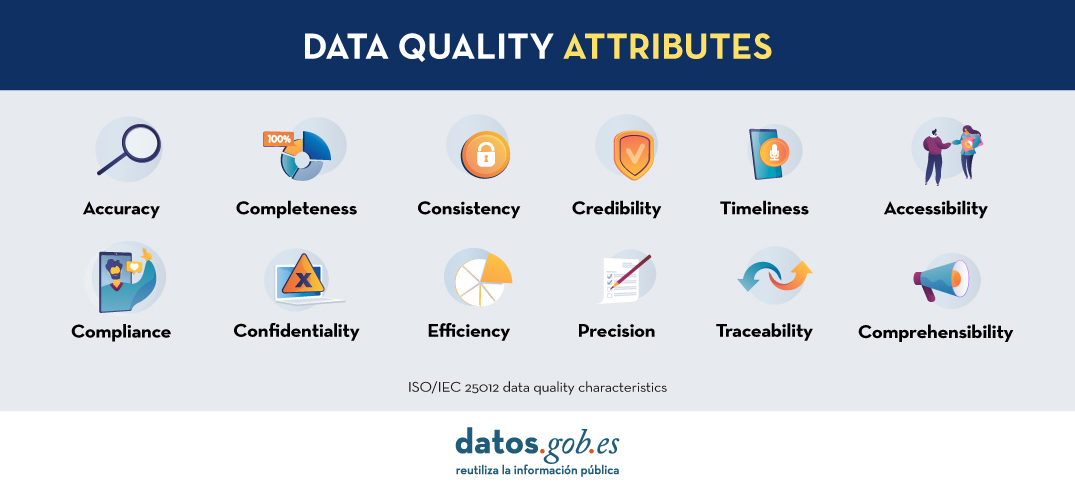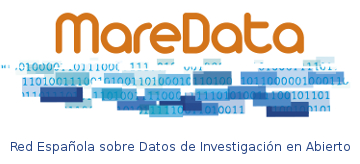Open Science ICAC, the accessible and inclusive repository of the Institute of Classical Archaeology of Catalonia
Fecha de la noticia: 15-01-2024

The Centre de documentació i biblioteca del Institut Català d'Arqueologia Clàssica (ICAC) has the repository Open Science ICAC. This website is a space where science is shared in an accessible and inclusive way. The space introduces recommendations and advises on the process of publishing content. Also, on how to make the data generated during the research process available for future research work.
The website, in addition to being a repository of scientific research texts, is also a place to find tools and tips on how to approach the research data management process in each of its phases: before, during and at the time of publication.
- Before you begin: create a data management plan to ensure that your research proposal is as robust as possible. The Data Management Plan (DMP) is a methodological document that describes the life cycle of the data collected, generated and processed during a research project, a doctoral thesis, etc.
- During the research process: at this point it points out the need to unify the nomenclature of the documents to be generated before starting to collect files or data, in order to avoid an accumulation of disorganised content that will lead to lost or misplaced data. In addition, this section provides information on directory structure, folder names and file names, the creation of a txt file (README) describing the nomenclatures or the use of short, descriptive names such as project name/acronym, file creation date, sample number or version number. Recommendations on how to structure each of these fields so that they are reusable and easily searchable can also be found on the website.
- Publication of research data: in addition to the results of the research itself in the form of a thesis, dissertation, paper, etc., it recommends the publication of the data generated by the research process itself. The ICAC itself points out that research data remains valuable after the research project for which it was generated has ended, and that sharing data can open up new avenues of research without future researchers having to recreate and collect identical data. Finally, it outlines how, when and what to consider when publishing research data.
Graphical content for improving the quality of open data
Recently, the ICAC has taken a further step to encourage good practice in the use of open data. To this end, it has developed a series of graphic contents based on the "Practical guide for the improvement of the quality of open data"produced by datos.gob.es. Specifically, the cultural body has produced four easy-to-understand infographics, in Catalan and English, on good practices with open data in working with databases and spreadsheets, texts and docs and CSV format.
All the infographics resulting from the adaptation of the guide are available to the general public and also to the centre's research staff at Recercat, Catalonia's research repository. Soon it will also be available on the Open Science website of the Institut Català d'Arqueologia Clàssica (ICAC)open Science ICAC.
The infographics produced by the ICAC review various aspects. The first ones contain general recommendations to ensure the quality of open data, such as the use of standardised character encoding, such as UTF-8, or naming columns correctly, using only lowercase letters and avoiding spaces, which are replaced by hyphens. Among the recommendations for generating quality data, they also include how to show the presence of null or missing data or how to manage data duplication, so that data collection and processing is centralised in a single system so that, in case of duplication, it can be easily detected and eliminated.
The latter deal with how to set the format of thenumerical figures and other data such as dates, so that they follow the ISO standardised system, as well as how to use dots as decimals. In the case of geographic information, as recommended by the Guide, its materials also include the need to reserve two columns for inserting the longitude and latitude of the geographic points used.
The third theme of these infographics focuses on the development of good databases or spreadsheets databases or spreadsheetsso that they are easily reusable and do not generate problems when working with them. Among the recommendations that stand out are consistency in generating names or codes for each item included in the data collection, as well as developing a help guide for the cells that are coded, so that they are intelligible to those who need to reuse them.
In the section on texts and documents within these databases, the infographics produced by the Institut Català d'Arqueologia Clàssica include some of the most important recommendations for creating texts and ensuring that they are preserved in the best possible way. Among them, it points to the need to save attachments to text documents such as images or spreadsheets separately from the text document. This ensures that the document retains its original quality, such as the resolution of an image, for example.
Finally, the fourth infographic that has been made available contains the most important recommendations for working with CSV format working with CSV format (comma separated value) format, such as creating a CSV document for each table and, in the case of working with a document with several spreadsheets, making them available independently. It also notes in this case that each row in the CSV document has the same number of columns so that they are easily workable and reusable, without the need for further clean-up.
As mentioned above, all infographics follow the recommendations already included in the Practical guide for improving the quality of open data.
The guide to improving open data quality
The "Practical guide for improving the quality of open data" is a document produced by datos.gob.es as part of the Aporta Initiative and published in September 2022. The document provides a compendium of guidelines for action on each of the defining characteristics of quality, driving quality improvement. In turn, this guide takes the data.europe.eu data quality guide, published in 2021 by the Publications Office of the European Union, as a reference and complements it so that both publishers and re-users of data can follow guidelines to ensure the quality of open data.

In summary, the guide aims to be a reference framework for all those involved in both the generation and use of open data so that they have a starting point to ensure the suitability of data both in making it available and in assessing whether a dataset is of sufficient quality to be reused in studies, applications, services or other.














